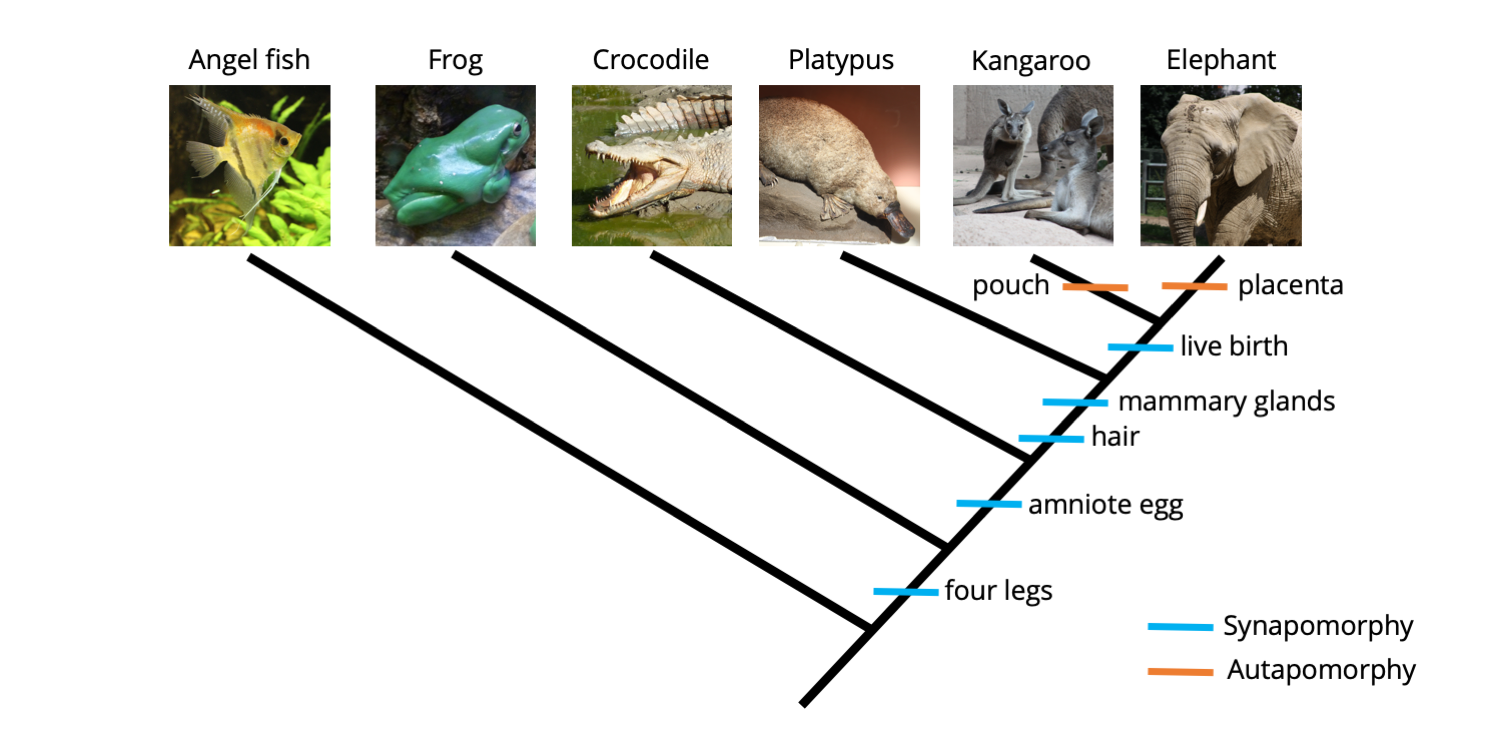Genetic variability that is found in a population of the same species.
What is genetic diversity?
True or false. When naming an organism the genus comes first then the species.
True.
The highest taxonomic level.
What is a domain?
The name of a rod-shaped bacterial cell.
What is a bacillus?
Lichen (relationship between cyanobacteria/green algae and fungi) is an example.
What is an example of a symbiotic relationship?
... is a group of organisms that have the ability to successfully reproduce a viable offspring (can survive and pass genetic information to next generation).
What is a species?
The father of taxonomy.
Who is Carl Linnaeus?
Mushrooms, yeasts, and moulds are examples.
What is fungi?
True or false. Antibiotic crisis occurred because viruses adapted to the pressures from their environments and because of humans overuse of antibiotics.
False.
A waxy substance formed by the plant epidermis that covers leafs of plants that help it to be waterproof.
What is the cuticle?
Characteristics used to describe an organism's physical appearance that are shared among other organisms of that species.
What is morphology?
The classification system that identifies all organisms.
What is taxonomy?
The six kingdoms.
What does Eubacteria, Archaea, Protista, Fungi, Plants, and Animals refer to?
Salt-loving organisms that are mostly aerobic.
What are halophiles?
A chemical found, specifically, in fungal cell walls, as well as in the outer layer of insects and crustaceans.
What is chitin?
True or false. Species that reproduce asexually inherit unique characteristics and genetic diversity.
False.
The highest taxonomic level.
What is a kingdom?
They are autotrophs, photosynthetic, can reproduce sexually and asexually, eukaryotic, and have chloroplasts.
What are some characteristics of the plant kingdom?
The active part of the viral cycle that results in cell lysis and production of progeny viruses.
What is the lytic cycle?
True or false. The of the flower is to form pollen and/or ovules to reproduce.
True.
Commonly referred to organisms that require to feed on other living things (like plants) to survive.
What are heterotrophs?
A diagram that indicates the relatedness and ancestry among different species.

What is a phylogenic tree?
Unicellular organisms without membrane-bound organelles.
What are prokaryotes?
Circular pieces of DNA that has some genes that can carry some advantages to the cell.
What are plasmids?
Fish, amphibians, reptiles, and birds are examples. Hint: they have spines!
What are vertebrates?